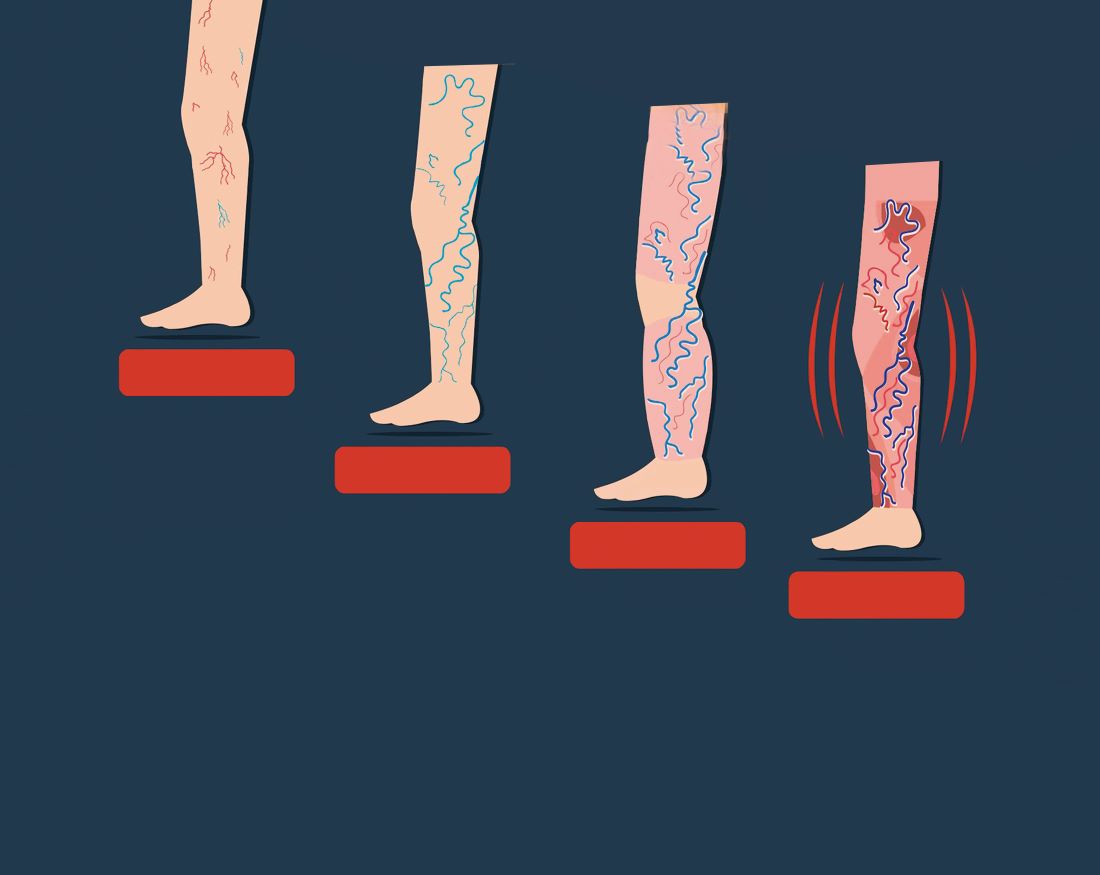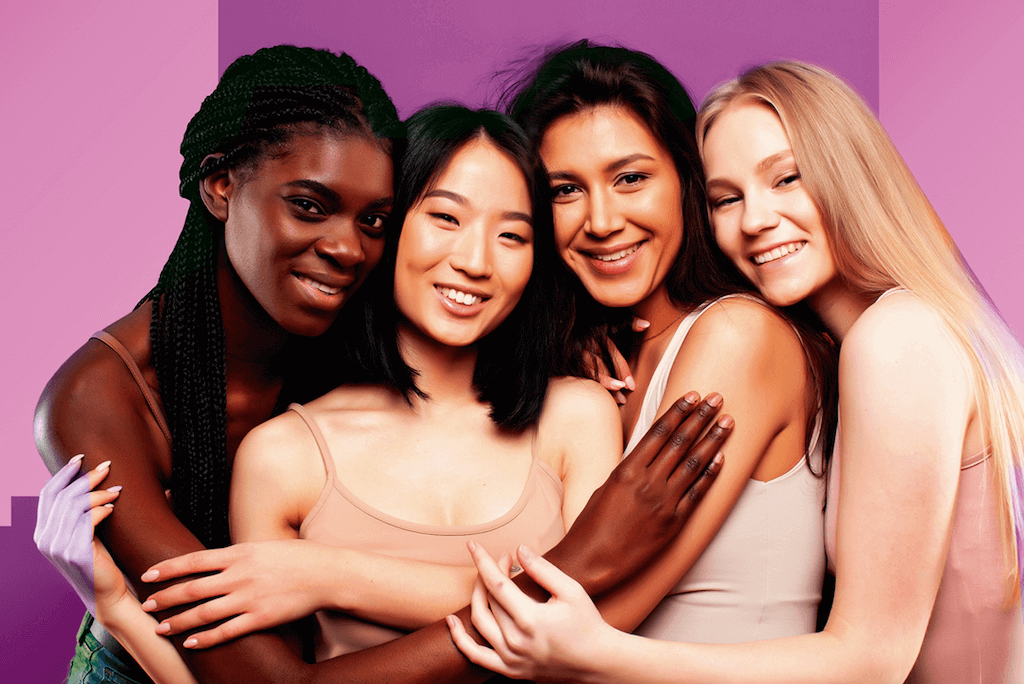Varicose veins are a progressive medical condition that get worse over time. The veins slowly spread and they can stop being just an aesthetic concern to become a health complication that causes hemorrhages, ulcers or infection.
According to the symptoms and appearance of the skin, it is possible to categorize varicose veins in 4 grades or types. If you identify yourself with any of them, it is important to visit a specialized medical professional who will give you a correct diagnosis through a Sonogram.
Varicose Veins Grade 1
In this first stage some ‘spider veins’ are noticeable. They are small bifurcations of blue, purple and red color that are usually formed in ankles, calves and thighs.
This is usually an aesthetic problem, however, in certain cases it may be the precursor of symptoms such as heaviness and leg fatigue.
Varicose Veins Grade 2
The legs are filled with ‘spider veins’, some thicker than others. The patient begins to experience symptoms such as:
- Pain
- Cramps
- Tingling
- Feeling hot or itchy
- Heaviness and leg fatigue
Varicose Veins Grade 3
We normally know these types of veins as varicose veins: they are dilated veins that surpass the surface of the skin. At this point the level of reflux (blood that is returned when it’s on its way from the legs to the heart) is very high and causes additional complications such as swelling in the ankles and changes in skin color.
Varicose Veins Grade 4
Some areas of the skin appear with intense dryness which can cause hemorrhages and possible ulcers. Ulcers are extremely delicate and difficult to treat because they can become easily infected.
Consult your specialist
Varicose veins are a medical condition that have a solution and some of its treatments are covered by many medical insurance companies. If you would like more information and want to make an appointment call us at 877-6734818. At Mark Medical Care, we are here to help you.
You may also read: Spider veins? Dr. Ron Mark answers






